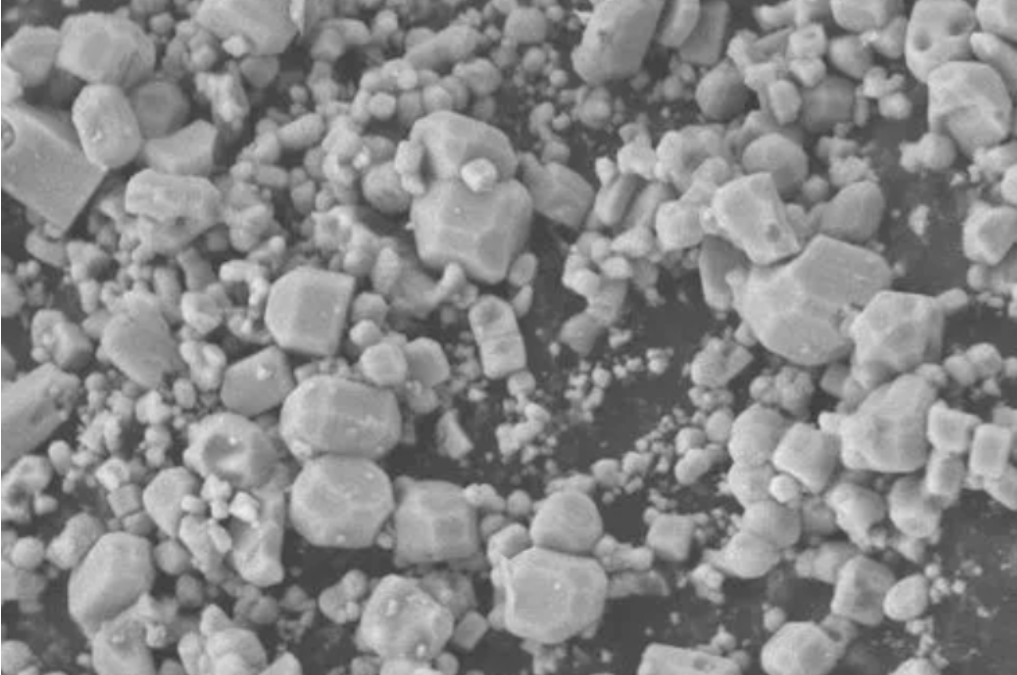Compared with tungsten cathodes, lanthanum hexaborate (LaB6) cathodes have advantages such as low electron escape work, high emission electron density, resistance to ion bombardment, good poisoning resistance, stable performance, and long service life. It has been successfully applied in various high-precision instruments and equipment such as plasma sources, scanning electron microscopy, electron beam lithography machines, Auger spectroscopy, and electron probes. The basic property ofLaB6, LaB6, belongs to the CsCI type cubic primitive lattice. Lanthanum atoms occupy the eight corners of the cube. Six boron atoms form an octahedron and are located at the center of the cube. The covalent bond is formed between B-B, and the insufficient electrons during the bonding between B-B are provided by the lanthanum atom. La has a valence electron number of 3, and only 2 electrons are needed to participate in the bonding. The remaining 1 electron becomes a free electron. Therefore, the La-B bond is a metal bond with extremely high conductivity and good conductivity. Due to the covalent bonding between B atoms, the bond energy is high, the bond strength is strong, and the bond length is short, resulting in a compact structure of LaB6. It has some characteristics such as high hardness, high melting point, and resistance close to rare earth metals.
Post time: Sep-28-2023
